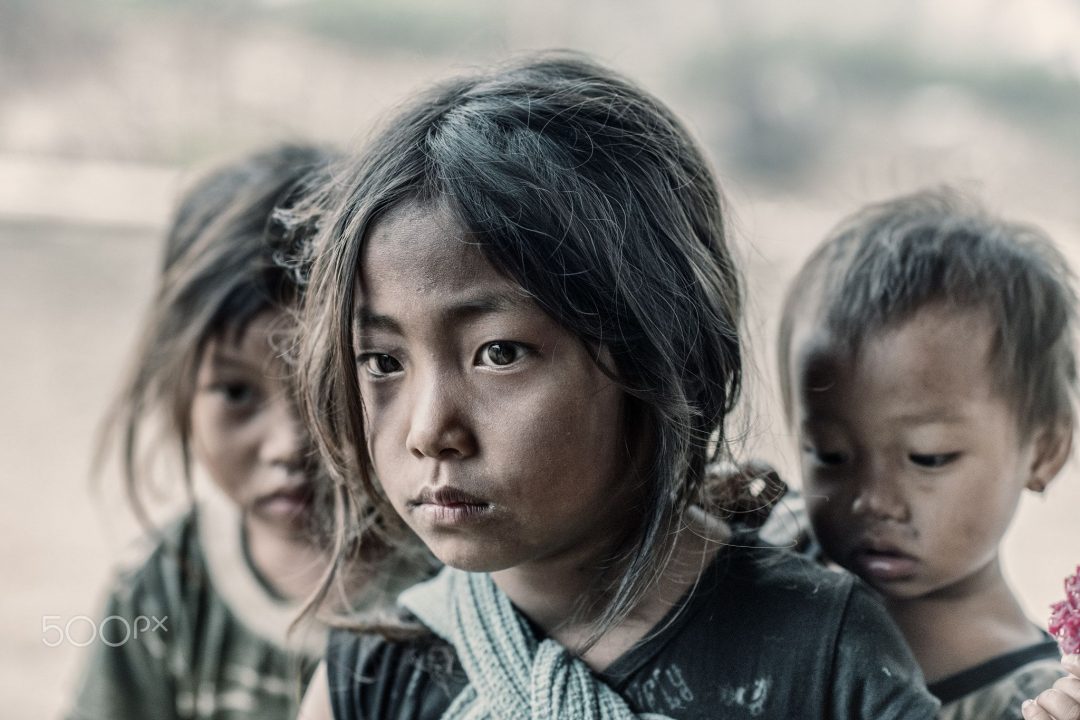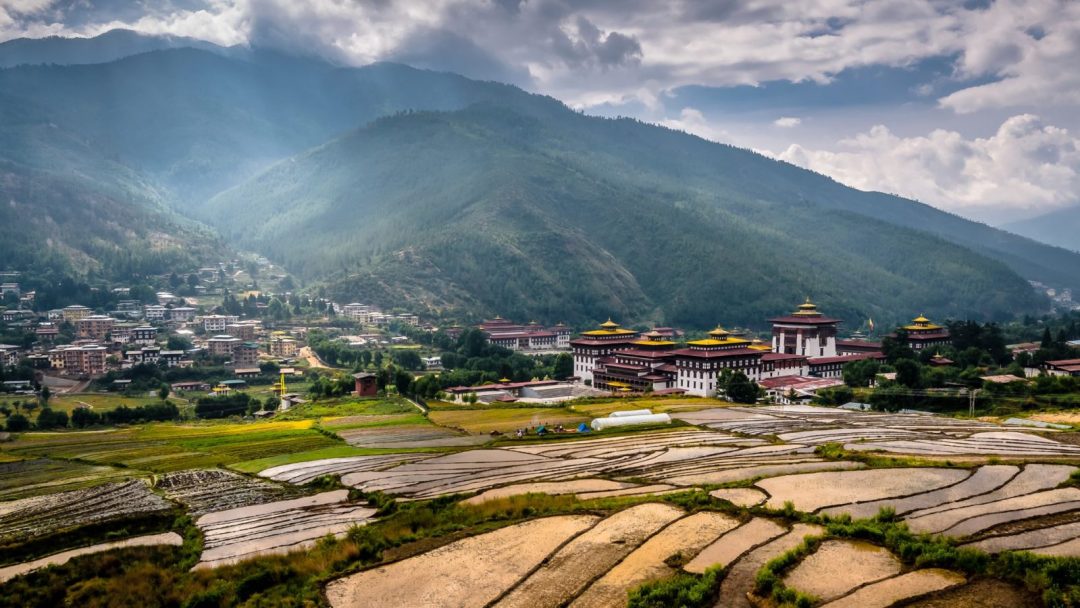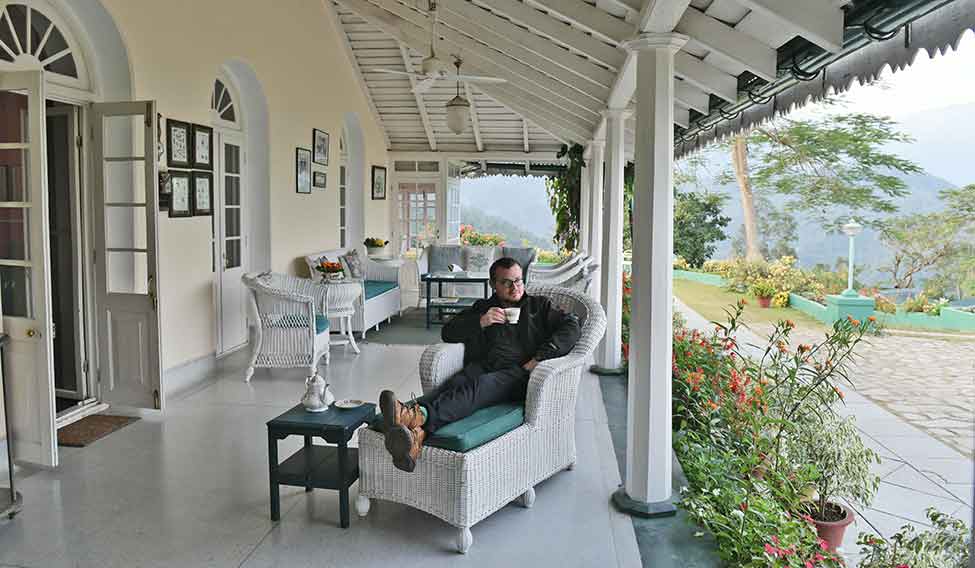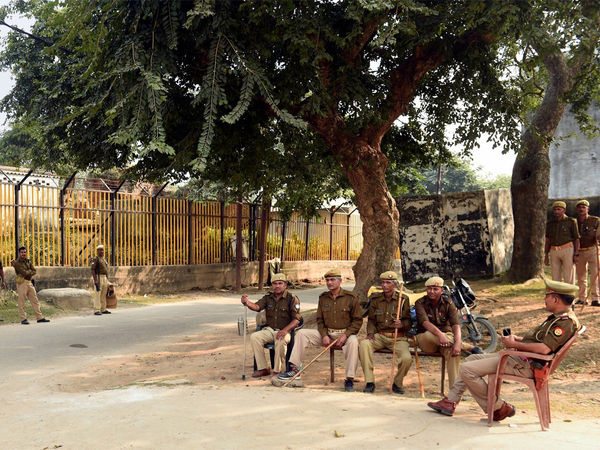The Supreme Court on Saturday cleared the way for the construction of a Ram Temple at the disputed site at Ayodhya, and directed the Centre to allot a 5-acre plot to the Sunni Waqf Board for building a mosque.
In one of the most important and most anticipated judgements in India’s history, the Constitution Bench headed by Chief Justice Ranjan Gogoi put an end to the more than a century old dispute that has torn the social fabric of the nation.
The apex court said the mosque should be constructed at a “prominent site” and a trust should be formed within three months for the construction of the temple at the site many Hindus believe Lord Ram was born.
Here are the reactions:
Welcome the verdict: Mohan Bhagwat
“We welcome the verdict, it shouldn’t be looked at a defeat or victory for anyone, rather something that would strengthen the sense of unity in the country,” RSS chief Mohan Bhagwat has said.
On Kashi and Mathura, Mr. Bhagwat says that there was a historic background to the RSS being involved with Ayodhya. “As an organisation we don’t otherwise involve ourselves in agitations and we will revert to our man making mission,” he said.
It’ time to strengthen the spirit of bhakti: PM Modi
Prime Minister Narendra Modi on Saturday said the Supreme Court verdict on the Ayodhya land dispute should not be seen as anybody’s win or loss, and appealed to countrymen for peace, unity and amity.
“This decision of the Supreme Court is important for several reasons: It shows how important is to follow the legal process in resolving a dispute. Each side was given enough time and opportunity to present its arguments. The temple of justice resolved the decades-old case amicably.
“…This decision should not be seen as a victory or defeat of anyone. Be it Ramabhakti or Rahimabhakti, this is the time for all of us to strengthen the spirit of Bhakti,” the Prime Minister said.
Certain premises of the judgment are questionable: CPI(M)
The Polit Bureau of the Communist Party of India (Marxist) has said while the party maintained that the issue should be resolved by a judicial verdict if a negotiated settlement was not possible, certain premises of the judgment are questionable.
“The Court judgment has itself stated that the demolition of the Babri Masjid in December 1992 was a violation of law. This was a criminal act and an assault on the secular principle. The cases pertaining to the demolition should be expedited and the guilty punished,” the party’s press statement said.
The Court has also appreciated the 1991 Places of Religious Worship Act. Adherence to this law should ensure that no such disputes on religious places are again raised and utilized, it said.
The Polit Bureau of the CPI(M) also urged that there should be no provocative acts using the judgment, which will disrupt communal harmony.
We are in favour of a temple construction: Congress
The Congress Working Committee passed a resolution accepting the Supreme Court verdict. It also appealed to appeal to all parties and communities to abide by secular values and the spirit of fraternity.
On being asked about the if it favoured the construction of Ram temple, Congress communication chief Randeep Surjewala said, “We are in favour of a temple construction.”
“The Indian National Congress respects the verdict of the Supreme Court in the Ayodhya case.
“We appeal to all the parties concerned and to all communities to abide by the secular values and spirit of fraternity enshrined in our Constitution and to maintain peace and harmony.
“It is the responsibility of each one of us to reaffirm our tradition of mutual respect and unity among all that has defined our society through the ages”, the CWC statement said.
All should accept it: Kerala CM
Without going into the details of the Ayodhya judgement, Kerala Chief Minister Pinarayi Vijayan on Saturday said that with the Supreme Court ruling on an issue that has caused a lot of turbulence in the past, all parties should accept it gracefully.
“All should respond positively as the Supreme Court verdict is final. Nothing should happen which will cause any sort of issues. Even when the Babri Masjid demolition took place, Kerala by and large had reacted in a very mature way. Likewise today also it should be the same,” Vijayan said while speaking to the media soon after the verdict.
Will not challenge verdict: Litigant Iqbal Ansari
Expressing satisfaction with the Supreme Court judgment in the Ayodhya case, Iqbal Ansari, one of the litigants, on Saturday said he will not challenge it in court.
“We welcome the Supreme Court decision and the biggest happiness is that it is finally curtains down on this long pending issue,” Mr. Ansari said on phone from Ayodhya.
“We will not challenge the court verdict from our side,” he said, adding that “we are very happy with the decision.” Mr. Ansari said it was always being said that whatever the court will say will be correct.
“We respect the decision. Now this is the responsibility of the government where it provides land for the mosque. This is a sort of victory of the Muslims,” he said.
We all should strengthen mutual harmony and brotherhood: Priyanka Gandhi Vadra
Congress general secretary Priyanka Gandhi Vadra on Saturday said all parties should respect the Supreme Court verdict on Ayodhya issue and maintain India’s age-old tradition of living together in harmony and brotherhood.
“The Supreme Court of India has given its verdict on Ayodhya issue. All parties, communities and citizens should respect the decision and maintain our centuries-old culture of living in togetherness. We all have to come together to strengthen mutual harmony and brotherhood,” she said in a tweet in Hindi.
Let us renew the pledge for peace, Prasad
“A historic day when a landmark judgment has been delivered upholding the majesty of the judicial system of India. It is a victory for India. We all salute the judgment”, tweeted Union Minister Ravi Shankar Prasad.
“Lord Ram always talked of Maryaadit Aacharan. Let us renew the pledge for peace, amity and understanding. Let India grow further and prosper inspired by the eternal principles of our civilizational heritage,” Mr. Prasad added.
Minister for Minority Affairs Mukhtar Abbas Naqvi too welcomed the judgment.
“The Supreme Court judgement on decades old Ayodhya matter should be welcomed and respected wholeheartedly by all of us. It’s our collective responsibility to strengthen unity, social harmony, brotherhood in the country”, Mr. Naqvi said.
Adityanath urges people to maintain unity, amity
Uttar Pradesh Chief Minister Yogi Adityanath on Saturday welcomed the Supreme Court judgment on the Ayodhya land dispute and appealed to people to maintain unity and amity.
“We welcome the Supreme Court verdict. Everyone should support for unity and amity in the country. In UP, the government is committed to maintain peace and security,” Mr. Adityanath tweeted in Hindi.
Verdict puts closure to old dispute: Ram Vilas Paswan
BJP ally and Union Minister Ram Vilas Paswan asserted on Saturday that the Supreme Court verdict on the Ayodhya issue has put a closure to the dispute that had lingered for more than a century.
“The Supreme Court has given a very clear and unanimous verdict. Sentiments of all parties have been respected in this unanimous judgment. It has put a closure to the dispute that has lingered for centuries,” the Lok Janshakti Party leader said.
“The entire nation respects this historic verdict. Thanks to the Supreme Court”, Mr. Paswan said.
Uma Bharti recalls Advani’s role in Ayodhya movement
Welcoming the Supreme Court order, BJP leader Uma Bharti hails late VHP leader Ashok Singhal, party veteran L K Advani for their role in temple movement.
“L.K. Advani’s devotion to temple cause is at root of BJP’s success, and for it’s coming back to power for another term”, Ms. Bharti said.
Joy and relief, says Sri Sri Ravishankar
Spiritual leader Sri Sri Ravishankar, who was part of a three-member mediation panel in the Ram Janmbhoomi-Babri Masjid title suit, on Saturday described the Supreme Court verdict on the matter as “historic” and said it has brought “joy and relief” to people of both the communities from a long-standing dispute.
Ravishankar told reporters that he “wholeheartedly” welcomes the judgement of the Supreme Court and the case which had been going on for long has finally reached a conclusion. He urged people to maintain peace and harmony in the society.
“I wholeheartedly welcome the historic judgment of the Hon. Supreme Court. This has brought joy and relief to people of both communities from a long-standing dispute,” he said in a tweet.
Hope no new issue crops up: NCP
The Nationalist Congress Party hoped that no new dispute cropped up in the country in the name of religion following the supreme court verdict on Saturday that cleared the way for the construction of a Ram Temple at the disputed site at Ayodhya.
NCP chief spokesperson Nawab Malik said it had been the position of the party to accept the SC verdict.
“It has been our position right from the beginning that we will accept the supreme court verdict and all should accept it. Hope no new dispute crops up in the country in the name of religion,” Mr. Malik tweeted.
He also urged people to maintain peace and harmony.
Welcome and respect SC verdict: Shivraj Singh Chouhan
BJP national vice president Shivraj Singh Chouhan on Saturday appealed to people to respect the supreme court’s final order on the disputed Ram-Janmabhoomi title suit in Ayodhya which paved the way for construction of a Ram temple.
“All should respect and welcome the supreme court verdict. Let us all respect and welcome the SC decision.
Nobody has lost. Our country has always given the message of peace to the world. I appeal to the country and all the people to maintain unity, love, harmony and brotherhood,” the former Madhyra Pradesh CM told reporters.
Verdict a milestone in Indian jurisprudence: Amit Shah
Union Home Minister Amit Shah welcomes the Supreme Court verdict on Ayodhya. Lauding the apex court for bringing closure to the decades long dispute, Mr. Shah said, “the verdict will prove to be milestone in Indian jurisprudence”.
Mr. Shah appeals for calm and maintenance of harmony among communities following the verdict.
Mr. Shahalso expressed his gratitude to all saints, institutions and unnamed people who struggled through bringing a legal closure to the dispute.
Historic verdict, says Rajnath
“The judgment on Ayodhya historic, will further strengthen India’s social fabric”, says Defence Minister Rajnath Singh.
Verdict historic, balanced and judicious: Javadekar
Union Minister Prakash Javadekar on Saturday hailed the Supreme Court verdict in the Ayodhya case, saying the judgment is historic, balanced and judicious.
In a unanimous verdict, the Supreme Court paved the way for the construction of a Ram Temple at the disputed site at Ayodhya, and directed the Centre to allot an alternative 5-acre plot to the Sunni Waqf Board for building a new mosque at a “prominent” place in the holy town in Uttar Pradesh.
“The judgment of the Honourable Supreme Court on Ayodhya is historic, balanced and judicious. I am sure that everyone will welcome it,” said Mr. Javadekar.
Verdict a salute to sacrifices of lakhs of workers: Togadia
Former VHP president Praveen Togadia on Saturday welcomed the Supreme Court verdict in the Ram Janmbhoomi-Babri Masjid land dispute case, saying the apex court’s order giving Ram Lala’s birth land for Ram Temple is a salute to the sacrifice of lakhs of workers.
“Ram Temple at the same place of Ram Birth has been Hindu demand for more than 450 years. Lakhs of Hindus sacrificed their lives, careers, families for this. Today, Supreme Court giving the same land for Shriram Temple is a salute to this sacrifice,” Mr. Togadia said in a statement
A new era of harmony should begin: Pejawar seer
Vishwesha Tirtha Swami of Pejawar Mutt said on Saturday that both the Hindu and Muslim sides should accept the verdict of the Supreme Court on the Ramjanmabhumi-Babri Masjid issue.
Addressing presspersons in Udupi, the seer said that he accepted the verdict of the Supreme Court on the Ayodhya issue. The Hindus required the Ramjanmabhumi, while the Muslims required the mosque. The Court had ordered for the Ram Temple to be constructed at the disputed site, while it had ordered for five acres of land to be provided to the Muslims at a prominent place in Ayodhya. “Both Hindus and Muslims should accept this verdict. This verdict will help in Hindu-Muslim amity,” he said.
The seer said that a proper land should be given to the Muslims to construct the mosque. “Hindus should help the Muslims in the construction of the mosque and the Muslims should help the Hindus in construction of the temple. “A new era of harmony should begin in the country,” he said.
The seer said that consequent to the veredict, the Hindus should not take out victory processions and the Muslims should not get provoked. The Muslims should respect the religious beliefs of the Hindus and vice versa. There should be no disharmony in the country and all should work for the development of the nation, he said.
To a query, the seer said that the government will have to decide on the scheme to implement the order in three months. The government and the seers would decide. “It is the responsibility of the Government, Hindus and Muslims. I will go to Delhi on Sunday and hold talks on this issue with Hindu and Muslim religious leaders. Efforts should be made to reach unanimity on all issues,” he said.
To another query, the Pejawar seer said that there was no need to create controversy over Kashi and Mathura.
Accept order wholeheartedly, says Karnataka CM
Karnataka Chief Minister B.S. Yediyurappa has welcomed the Supreme Court’s order in the Ayodhya case and appealed to people to accept it “wholeheartedly.”
Mr.Yediyurappa took to twitter from his official handle and appealed to people without reacting emotionally. He further stated that the order is not a victory for any party nor defeat to any of the parties involved. He called for peace and harmony to prevail.
He said in the tweet, “Let us all wholeheartedly welcome the apex court verdict. This is neither a victory for anyone, nor a defeat for anyone. Don’t react emotionally. Let harmony and peace prevail.”
Credit to Ashok Singhal and L.K. Advani, says Govindacharya
Former RSS ideologue K.N. Govindacharya, a key figure in the Ram Janmabhoomi movement, on Saturday credited late VHP stalwart Ashok Singhal and veteran BJP leader L.K.Advani for the success of the cause.
“I am extremely happy. Now, in three months a plan will be made for constructing the temple,” he said, asserting that social harmony must be maintained so that the country can move from “Ram temple to ‘Ram rajya’”.
“Lakhs of workers made sacrifices. For the leadership of the movement, I will give highest credit to Ashok Singhal and L K Advani,” he said.
Kejriwal welcomes verdict
“We welcome the Supreme Court judgement on Ayodhya which ended decades old dispute. I appeal for peace and harmony,” says Delhi CM Arvind Kejriwal.
Will seek a review: Sunni Central Waqf Board
Uttar Pradesh Sunni Central Waqf Board’s Zafaryab Jilani on Saturday expressed dissatisfaction over the Supreme Court’s Ayodhya verdict, saying it has a lot of contradictions and they will seek a review of it.
“The judgement is not satisfactory. We feel that it’s very unjust. Yet it’s the judgement of SC and therefore we respect it. We will look into legal course ahead,” he said.
We respect, accept verdict: Ajmer Dargah
The spiritual head of Ajmer dargah on Saturday welcomed the decision of Supreme Court on Ayodhya case and appealed to people to maintain peace and harmony.
“The judiciary is supreme and everyone should respect the decision. It is the time to present a united face before the world because entire world is looking at India today,” Dargah Deewan Zainul Abedin Ali Khan said.
“We respect and accept the verdict. I appeal to the people of the country to maintain harmony and peace. This is the victory of the judiciary and the message should be loud and clear that how much the judiciary is important for us and people of the country are peace loving, he told PTI.
He said that respecting and honouring the laws of the land is the basic Islamic teaching.
“We now need to concentrate on the development of self and the nation, he said.
There should not be any further controversy: Nitish Kumar
In a first reaction to the Supreme Court judgement in Ayodhya case, Bihar Chief Minister Nitish Kumar on Saturday asked everyone to accept the verdict.
“”We should all in the country accept the Supreme Court verdict on Ayodhya issue …it’s an unanimous verdict and there should not be any further controversy on it”, says Bihar chief minister Nitish Kumar.
(With inputs from Correspondents, agencies)














